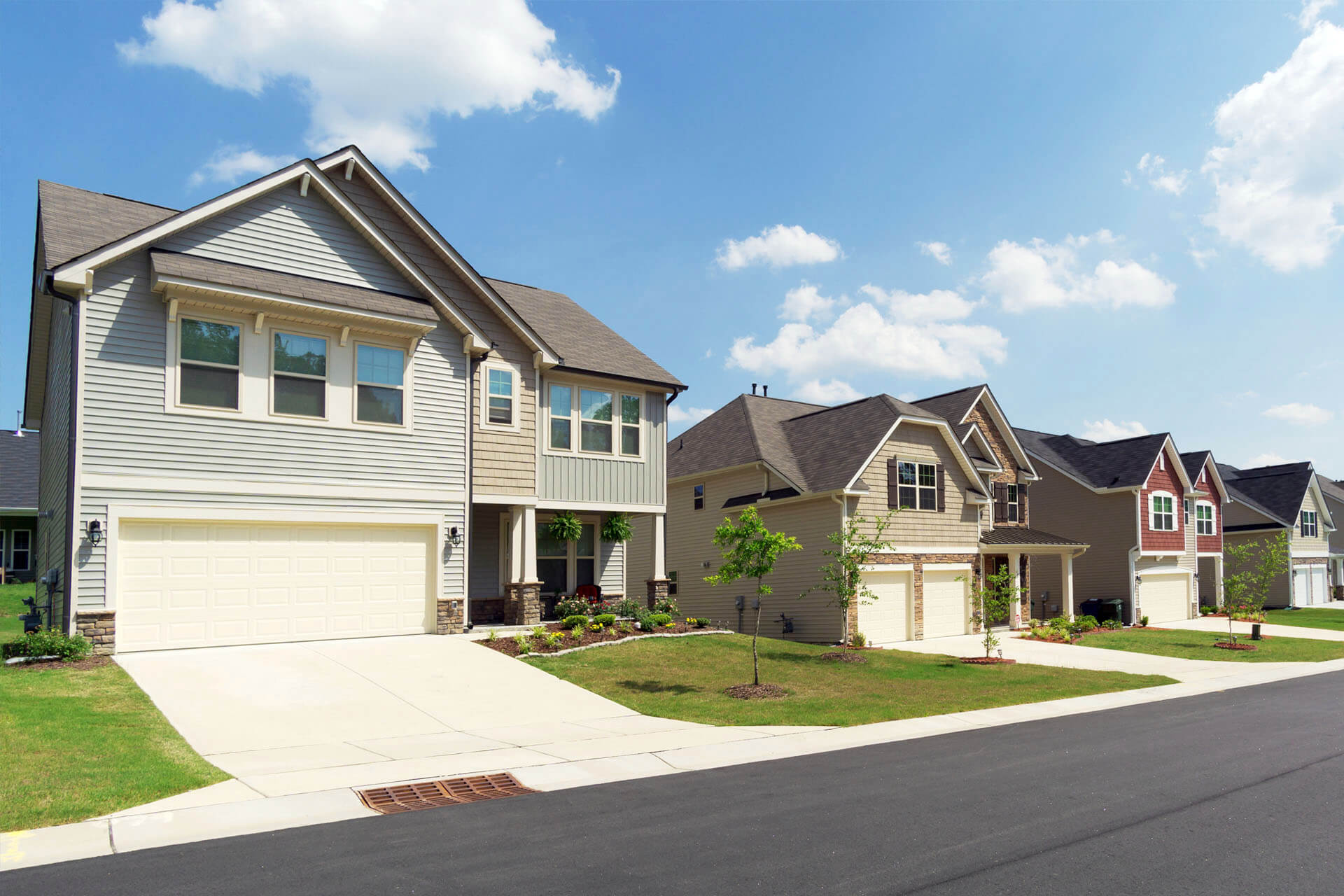
A single-family home is a type of residential property that is designed and intended for occupancy by a single household or family. It is a standalone structure that is not attached to any other dwelling units. Single-family homes can come in various architectural styles, sizes, and layouts, providing a range of options to suit different preferences and needs.
Single-family homes are typically constructed to accommodate the needs of a single household. They are designed to provide private living spaces for one family, offering separate bedrooms, living areas, kitchens, and bathrooms. These homes often come with a backyard or outdoor space, allowing residents to enjoy outdoor activities or have their own private garden.
One defining aspect of single-family homes is the ownership structure. Each property is owned by an individual or a family, granting them exclusive rights and control over the property and its use. Homeowners have the freedom to make decisions about their property, including modifications, renovations, and landscaping, without needing approval from a homeowners’ association or neighboring residents.
Single-family homes can be both existing structures and newly constructed properties. Existing single-family homes refer to properties that are already built and are being sold on the market, providing potential buyers with a range of options in established neighborhoods. New construction single-family homes involve the process of building a home from scratch, allowing buyers to customize various aspects of the design and finishes according to their preferences.
Single-family homes offer several advantages. They provide more privacy compared to multi-unit housing, as residents don’t have to share walls or common spaces with neighbors. They often offer more living space, both indoor and outdoor, providing room for growth and personalization. Additionally, single-family homes can appreciate in value over time, contributing to potential equity-building and future resale value.
However, it’s important to consider factors such as the higher costs associated with purchasing and maintaining a single-family home, including property taxes, insurance, and maintenance expenses. Furthermore, the availability of single-family homes may vary depending on location and housing market conditions.